


















St. Pedrog,Abbot of Lanwethinoc (Born around 468-died 564)
Petroc, as he is generally known in Cornwall where he was patron saint, was a younger son of King Glywys Cernyw of Glywysing, which was in modern day Monmouthshire. When his father died, the people of Glywysing called for Pedrog to take on the crown of one the country's sub-divisions like his brothers, the eldest son of whom was Gwynlliw of Newport, father of the Great St Cadog, who was therefore Petroc's nephew. Petroc, however was drawn to express the love of God in areligious life and left, with several followers, to study theology at one of the great theological colleges in Ireland.
Pedrog's pilgrimage to Rome and White Martyrdom to India
Some years later, Petroc and his band returned to Britain.They landed on the shores of the River Camel in Cerniw (Cornwall). They were directed, by St. Samson, to the hermitage of St. Wethnoc who, seeing Petroc's superior piety agreed to give him his cell in return for Petroc naming the place Llanwethinoc (- Petroc's Stow) in his honour. Petroc founded a monastery on the site but, after thirty years there, he decided to go on a pilgrimage to Rome, via Brittany. As he returned, just as he reached Newton St. Petrock (Devon), it began to rain. Petroc predicted that this would soon stop, but it continued to rain for three days. In penance for such presumption, Petroc returned to Rome, travelled on to Jerusalem and finally settled in India where he lived for seven years on an island in the Indian Ocean.
Pedrog's return to Britain and Pilgrimage to the Island of Saints (Bardsey-Ynys Enlli)
Petroc eventually returned to Britain (with a wolf companion he had met in India), but may have gone on a further pilgrimage to Ynys Enlli. He founded more monastic settlements at St. Petrox (Dyfed) and Llanbedrog (Lleyn) on the way. Back in Cornwall, with the help of Saints Wethnoc and the famous Samson of Dol, he defeated a mighty serpent which the late King Teudar of Penwith had used to devour his enemies. When he had done this, he departed from his monastery at Llanwethinoc (Padstow) to live as a hermit in the woods at Nanceventon (Little Petherick). Some of his fellow monks followed his example at Vallis Fontis (St. Petroc Minor). It was while in the wilderness that a hunted deer saught shelter in St. Petroc's cell. Petroc protected it from the hungry grasp of King Constantine of Dumnonia and managed to convert him to Christianity into the bargain. See my earlier post of St Constantine's Well and Chapel near Padstow, from last week-scroll down.
Settlement in the 'Abode of the Monks'or Bothmena (Bodmin)
Petroc later moved still deeper into the Cornish countryside, where he discovered St. Guron living in a humble cell. Guron gave up his hermitage and moved south,but St Guron's well still flows outside the Church. This allowed Petroc, with the backing of King Constantine, to establish a second monastery called Bothmena (Bodmin - the Abode of Monks) after the monks who lived there. Petroc eventually died at Treravel, while travelling between Nanceventon (Little Petherick) and Llanwethinoc (Padstow), and was buried at Padstow. The monks there later removed themselves, along with Petroc's body, to Bodmin where his beautiful Norman casket reliquary can still be seen today. Hope you enjoy its picture.
The Chancery of St Thomas of Canterbury
Thomas of Canterbury's Chantry Church lies in a ruin to the east of the ancent parish church in Bodmin. Built ont he church 'area' it was desecrated by Henry VIII officers and general bullies. You can still see the sedillia and piscina and so forth and there are large spacious wondows. In a lovely setting the ruin is well worth a visit!











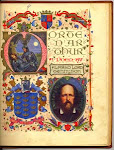







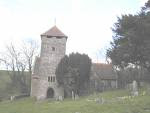
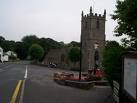


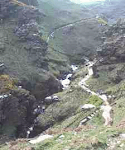




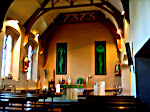









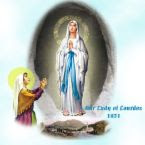


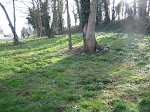

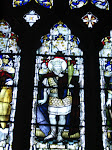
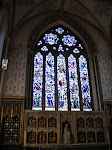
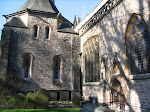
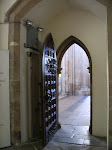



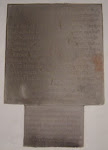



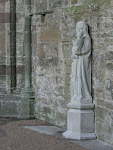









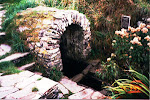


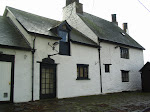
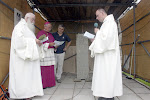







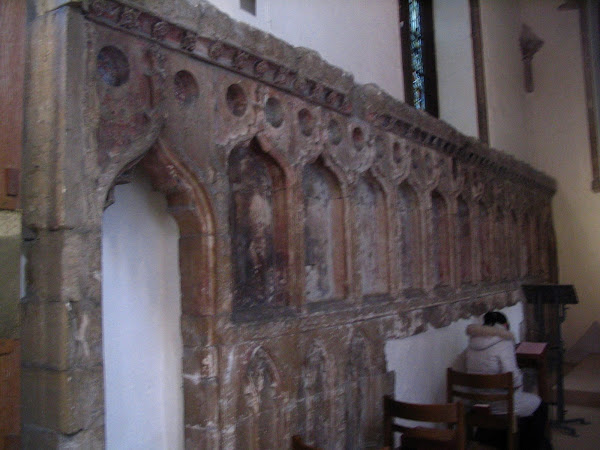
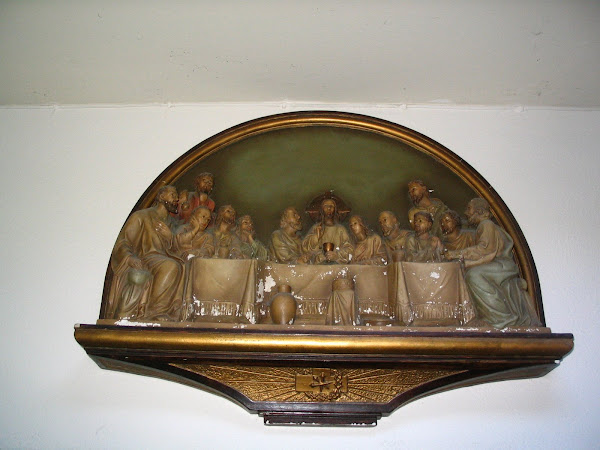




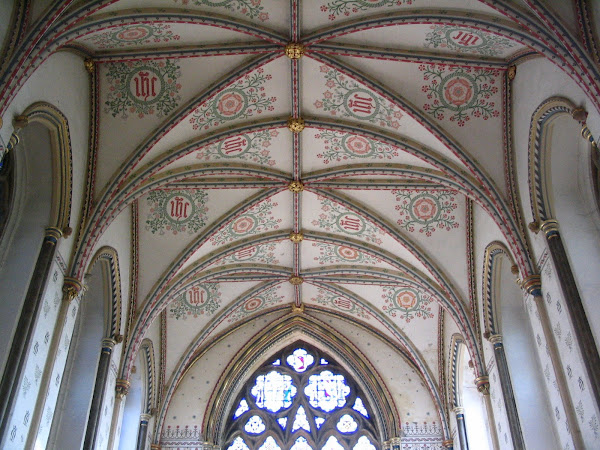


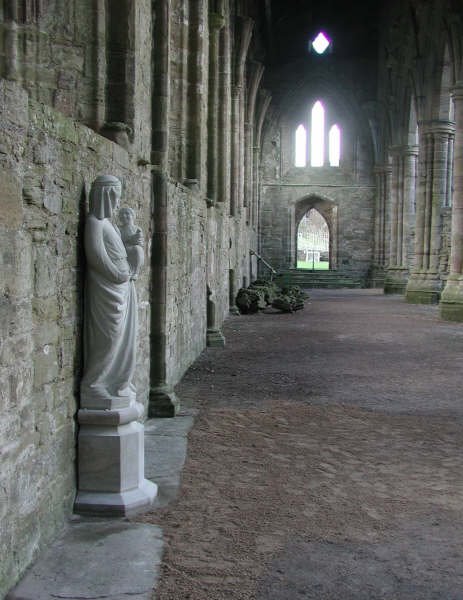
No comments:
Post a Comment